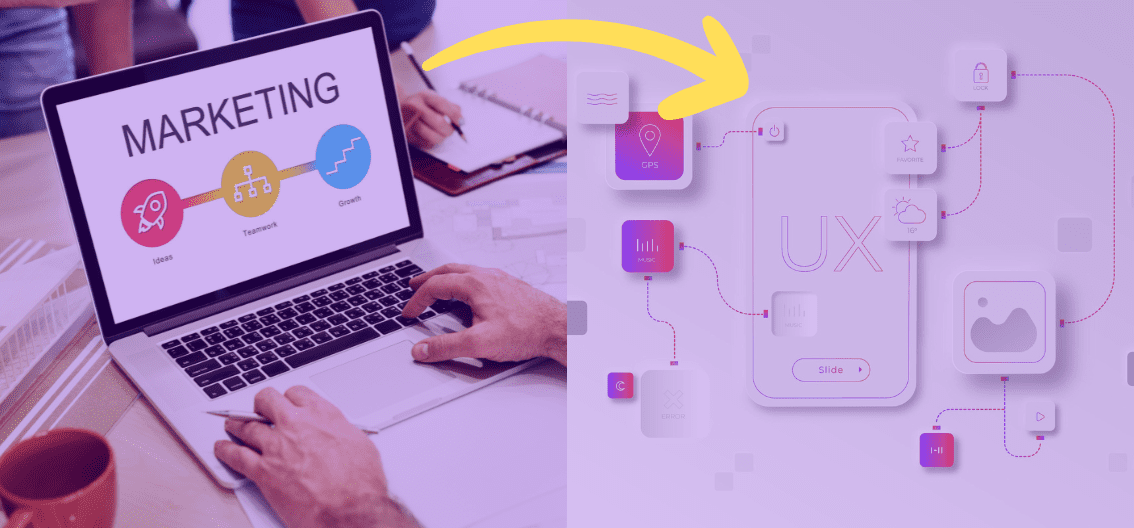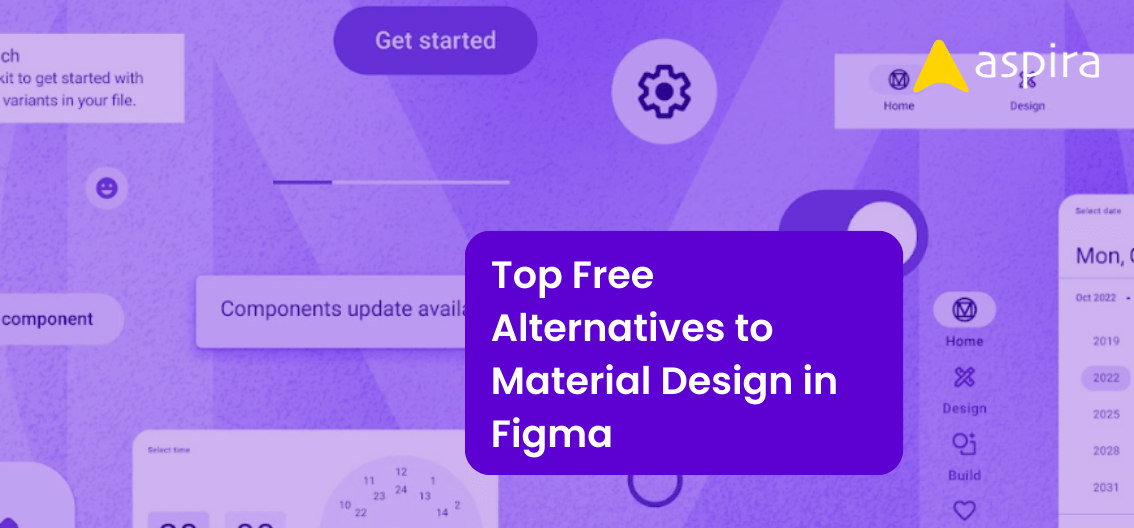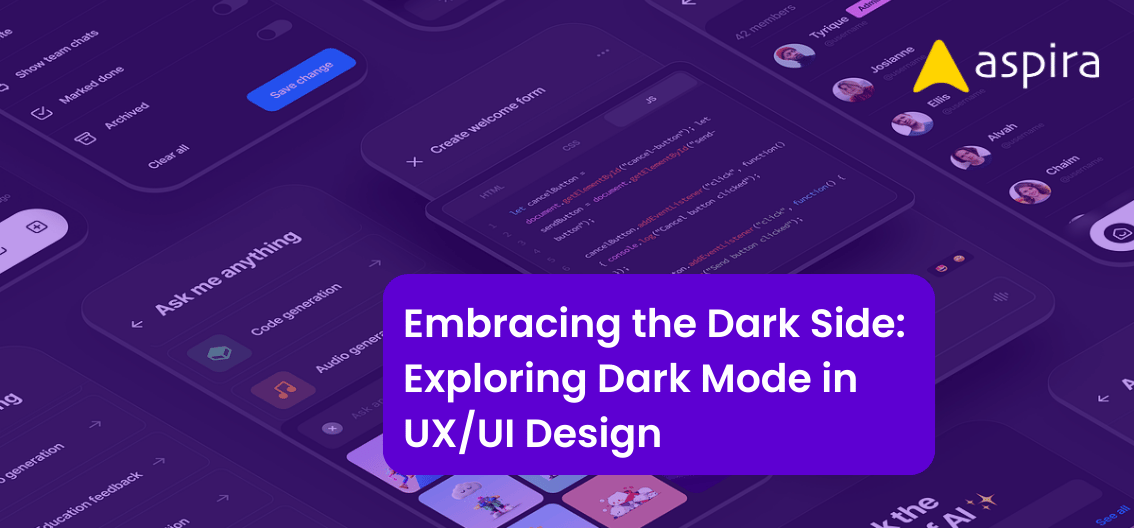UX Design - Mentor & Author.
27 Mar, 2024

Switching careers is a big decision, and one interesting move gaining traction is from marketing to user experience (UX) design. Though marketing and UX design might seem quite different, there are some similarities. In this article, we’ll look at the differences, find out what they have in common, and explore the reasons why people are choosing to make this shift seamlessly.
Differences between Marketing and UX Design
Marketing primarily focuses on promoting products or services to a target audience, utilizing strategies to attract and engage customers. It involves creating awareness and generating interest, often through advertisements, social media, and other promotional channels.
UX design aims to improve user satisfaction through enhanced product or service usability, accessibility, and overall experience. It delves into understanding user behavior and designing interfaces that are intuitive and enjoyable.
In simpler terms, marketing is about convincing people to try a product, while UX design is about ensuring they enjoy using it.
Common Aspects
Understanding Human Behavior:
Both require a deep understanding of human psychology and behavior. Used to create compelling campaigns in marketing and design user-friendly interfaces in UX.
Communication Skills:
Effective communication is crucial in both fields. In marketing, it’s essential for conveying product value, while in UX design, it ensures collaboration with team members and stakeholders.
Feedback and Data Analysis:
Both rely on feedback and data analysis for improvement. Marketers analyze campaign metrics, while UX designers use user feedback and analytics to enhance the user experience.
Reasons to Switch From Marketing to UX Design

Human-Centric Approach:
Transitioning to UX design allows individuals to shift their focus from convincing people to buy a product to creating products that people genuinely enjoy using. It provides a more human-centric approach, emphasizing empathy and understanding user needs.
Creative Expression:
UX design offers a creative outlet for individuals seeking to combine analytical thinking with artistic expression. Designing interfaces allows for the creation of visually appealing and user-friendly products, providing a sense of accomplishment.
Growing Demand:
The demand for UX designers is on the rise as businesses recognize the importance of delivering a seamless user experience. This transition presents an opportunity to enter a field with promising career prospects.
Skill Transferability:
Many skills acquired in marketing, such as understanding consumer behavior, effective communication, and data analysis, are transferable to UX design. This makes the transition smoother and more accessible.
How to Transition from Marketing to UX Design
Understand the Basics of UX Design:
Gain familiarity with key UX design concepts, such as usability, user research, and wireframing. Explore online resources and introductory courses to establish a foundational understanding.
Choose Your Learning Path:
Decide whether to enroll in a UX design bootcamp, pursue a university program, or opt for self-taught learning based on your existing knowledge and personal preferences.
Build on Transferable Skills:
Identify and emphasize transferable skills from your marketing background, including communication, empathy, and data analysis. Highlight your ability to understand consumer behavior, a valuable asset in designing user-friendly interfaces.
Learn UX Design Tools:
Develop proficiency in common UX design tools like Figma or Sketch. Practice creating wireframes and prototypes to gain hands-on experience with these tools.
Develop a UX Portfolio:
Create a portfolio showcasing any UX-related projects, even if they are personal or hypothetical. Include case studies that showcase your process, problem-solving skills, and the impact of your designs.
Gain Practical Experience:
Volunteer for UX projects within your current organization or collaborate with local businesses and nonprofits. Consider internships or freelance opportunities to gain valuable real-world experience.
Be Open to Learning and Iterating:
Recognize that transitioning to a new field takes time and involves a learning curve. Stay open to feedback, be
Conclusion
Switching from marketing to UX design offers a rewarding journey, leveraging existing skills in new ways for personal and professional growth. Whether driven by demand or a passion for problem-solving, the transition holds the promise of a fulfilling career. We wish you the best of luck in your career switch, and may you find joy in your design endeavors!


